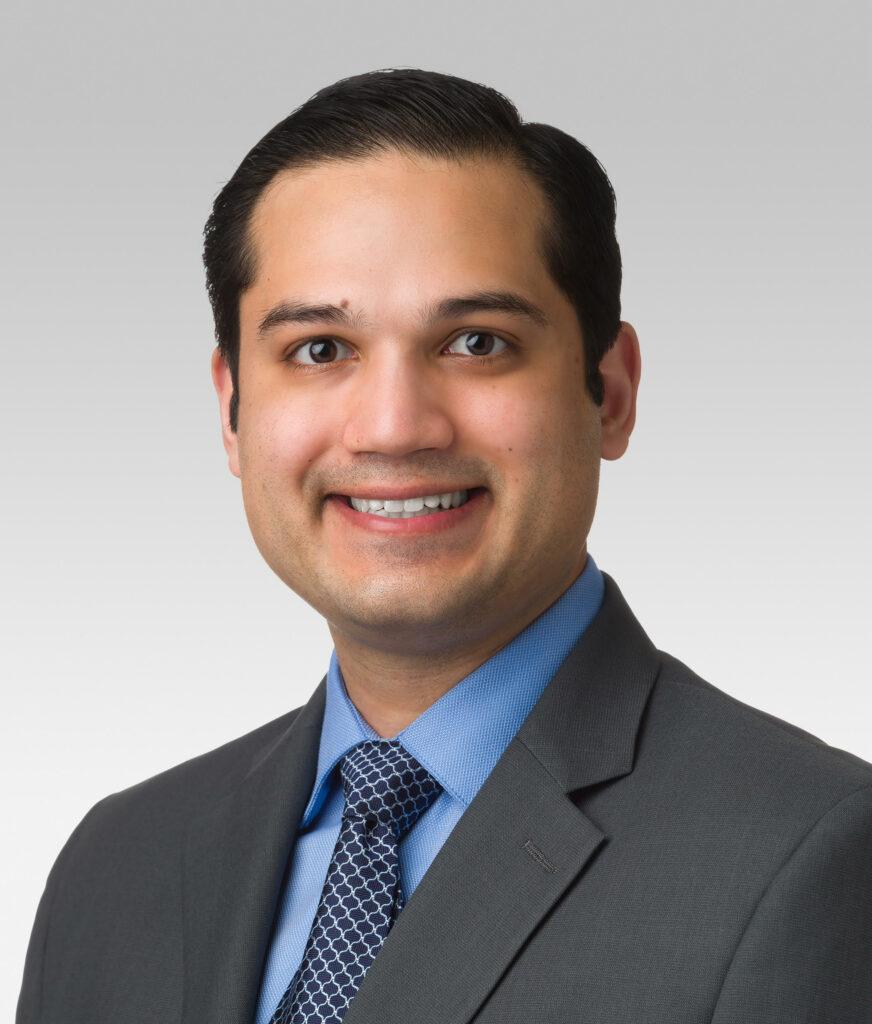 “It’s a game changer! I actually see roflumilast 0.3% foam as the first nonsteroidal topical that is highly effective across all areas of the body…”
“It’s a game changer! I actually see roflumilast 0.3% foam as the first nonsteroidal topical that is highly effective across all areas of the body…”
The FDA recently approved roflumilast 0.3% foam (ZORYVE®, Arcutis Biotherapeutics, Inc, CA, USA) for the treatment of plaque psoriasis of the scalp and body in both adolescents and adults.1
To better understand how this newly approved therapy fits into clinical practice, what the data show and which patients are likely to benefit, we spoke with Dr Jennifer Soung (Harbor University of California, Los Angeles and Southern California Dermatology, Santa Ana, CA, USA), a key investigator on the phase 3 ARRECTOR trial (A Randomized tRial Employing topiCal roflumilasT foam to treat scaLp psORiasis; ClinicalTrials.gov identifier: NCT05028582).
In this Q&A, Dr Soung shares her expert insights on efficacy and patient experience, practical considerations for prescribing and what makes roflumilast 0.3% foam stand apart from other topicals in the psoriasis treatment landscape.
The FDA approval marks a huge advancement in the topical treatment of psoriasis.
Around 80% of patients with plaque psoriasis have mild-to-moderate disease and many prefer topical therapies over systemic options.2,3 Although in the last 20 years there has been significant progress in systemic treatments, both injectable and oral, there has been no highly effective alternative to topical steroids for those who want to manage their psoriasis with a topical treatment.
With roflumilast 0.3% foam, patients living with plaque psoriasis can now be prescribed a single prescription that addresses both hair-bearing areas, such as the scalp, as well as the body. This is a significant step forward, as it offers a highly effective nonsteroidal option for our patients, which is especially important for managing chronic skin conditions which require long-term management. I emphasize nonsteroidal here, because this means that there is no restriction on the duration, or the amount of roflumilast 0.3% foam that can be used for treating plaque psoriasis. For a chronic disease like psoriasis, this allows patients not only to treat active flares, but also to use the foam proactively once clear, helping to maintain long-term clearance, especially in areas prone to recurrence.
In the ARRECTOR study, 66.4% of patients treated with roflumilast 0.3% foam achieved scalp-IGA (scalp-specific Investigator’s Global Assessment) success at 8 weeks, compared to 27.8% of those who received vehicle foam.4 Additionally, 45.5% of patients achieved body-IGA success with roflumilast 0.3% foam at 8 weeks, versus 20.1% in the vehicle group. Nonsteroidal treatments often carry a stigma of being ineffective or slow to act; however, roflumilast 0.3% foam demonstrated rapid relief, with improvement in scalp itch observed just 24 hours after the first application.
Foams generally perform better than other vehicles, such as creams or even ointments, because they’re designed to absorb quickly and offer a more elegant application as they’re lightweight, non-greasy and hair-friendly. This matters for adherence, as patients are more likely to use a topical treatment that feels comfortable and convenient, ultimately helping them achieve the results they want.
Roflumilast 0.3% foam is also unique in that it was designed for use on the trunk as well, and causes little to no stinging or burning upon application. Its formulation also includes unique moisturizing properties that help repair the skin barrier, and a small amount spreads easily to allow effective treatment over a larger area.
It’s a game changer! I actually see roflumilast 0.3% foam as the first nonsteroidal topical that is highly effective across all areas of the body, and a first-line topical treatment, even before topical steroids.
Many dermatologists traditionally reserve nonsteroidals for sensitive areas, but roflumilast 0.3% foam is powerful enough to address the scalp and trunk, sensitive skin like the face and underarms, and as thick plaques on the elbows and knees.
Previous nonsteroidal topicals have often been associated with significant burning or stinging and are typically effective only in thinner-skinned areas like the face or underarms. Healthcare professionals should know that roflumilast 0.3% foam is different, as it’s highly effective, even for thick plaques, but also safe for use on sensitive skin.
In addition, its mechanism of action targets phosphodiesterase-4 (PDE4), a pathway familiar to dermatologists from other treatments like topical crisaborole and oral apremilast, so its safety profile is well understood. It’s also worth noting that, in terms of tolerability, the most common adverse reactions reported in ≥1% of adult and paediatric subjects (12 years of age and older) with plaque psoriasis of the scalp and body treated with roflumilast 0.3% foam for 8 weeks, across both the phase 2 (Trial 204) and the phase 3 (ARRECTOR) trials, included headache (3.1%), diarrhea (2.5%), nausea (1.7%) and nasopharyngitis (1.3%).5
It’s important to set expectations around time-to-response.
I tell my patients to use roflumilast 0.3% foam consistently for at least 2 weeks, so they don’t give up before the treatment has had a chance to show results. Many patients living with psoriasis are used to topical steroids providing visible improvements in under a week, but those effects can wear off quickly. This topical treatment needs a bit more time to show its full efficacy. While itch relief can begin as early as 24 hours, improving thick plaques takes longer. I always emphasize this, as I don’t want my patients to give up before giving it a chance to work.
References
- Arcutis Therapeutics. Arcutis’ ZORYVE® (roflumilast) topical foam 0.3% approved by U.S. FDA for the treatment of plaque psoriasis in adults and adolescents ages 12 and older. Press release. 2025. Available at: www.arcutis.com/arcutis-zoryve-roflumilast-topical-foam-0-3-approved-by-u-s-fda-for-the-treatment-of-plaque-psoriasis-in-adults-and-adolescents-ages-12-and-older (accessed June 30, 2025).
- Menter A, Korman NJ, Elmets CA, et al. Guidelines of care for the management of psoriasis and psoriatic arthritis. Section 3. Guidelines of care for the management and treatment of psoriasis with topical therapies. J Am Acad Dermatol. 2009;60:643-59.
- Armstrong A, Young M, Seal MS, et al. Treatment burden and the perspectives of patients with psoriasis using topical treatments: Results from a national survey of adults with psoriasis in the United States. J Dermatolog Treat. 2024;35:2389174. DOI: 10.1080/09546634.2024.2389174.
- Gooderham MJ, Alonso-Llamazares J, Bagel J, et al. Roflumilast foam, 0.3%, for psoriasis of the scalp and body: The ARRECTOR phase 3 randomized clinical trial. JAMA Dermatol. 2025:e251136. Online ahead of print. DOI: 10.1001/jamadermatol.2025.1136.
- US Food and Drug Administration. ZORYVE® (roflumilast) topical foam, 0.3%—Highlights of Prescribing Information. FDA. 2025. Available at: www.accessdata.fda.gov/drugsatfda_docs/label/2025/217242s005lbl.pdf (accessed 30 June 2025).
Disclosures: This short article was prepared by touchDERMATOLOGY in collaboration with Dr Soung. No fees or funding were associated with its publication.
Dr Jennifer Soung has served as a speaker, consultant and/or investigator for AbbVie, Alumis, Aslan, Amgen, Arcutis, Bristol Myers Squibb, Boehringer Ingelheim, Dermavant, Eli Lilly, Galderma, Incyte, Johnson & Johnson, KoBio Labs, LEO Pharma, Novartis, Ortho Dermatologics, Pfizer, Regeneron, Sanofi and UCB.
More about Dr Soung
Dr Jennifer Soung is a board-certified dermatologist and Director of Clinical Research at Southern California Dermatology, Santa Ana, CA, USA. Her clinical focus is on medical dermatology and chronic autoimmune skin diseases, with a strong interest in diverse skin tones and improving healthcare access in underserved communities. Dr Soung serves as Clinical Faculty at Harbor–University of California, Los Angeles, and sits on the Medical Board of the National Psoriasis Foundation.
Register now to receive the touchDERMATOLOGY newsletter!
Don’t miss out on hearing about our latest articles, expert opinions, conference news, podcasts and more.
Cite: Soung J. What roflumilast 0.3% foam brings to your psoriasis clinical toolkit. TouchDERMATOLOGY. 5 July 2025.




